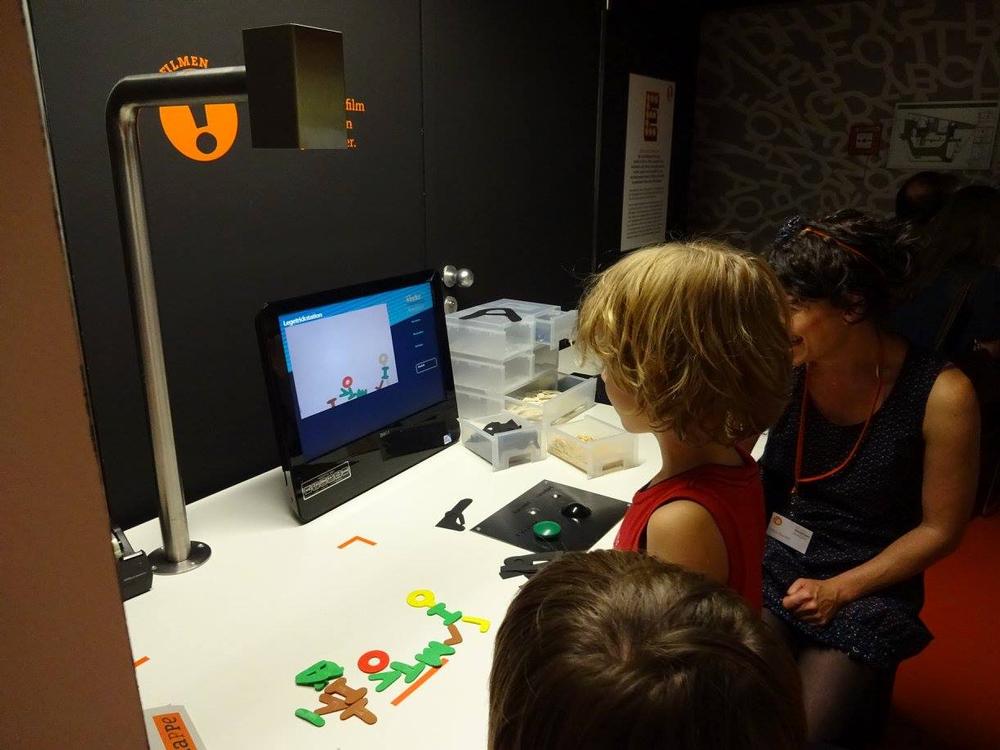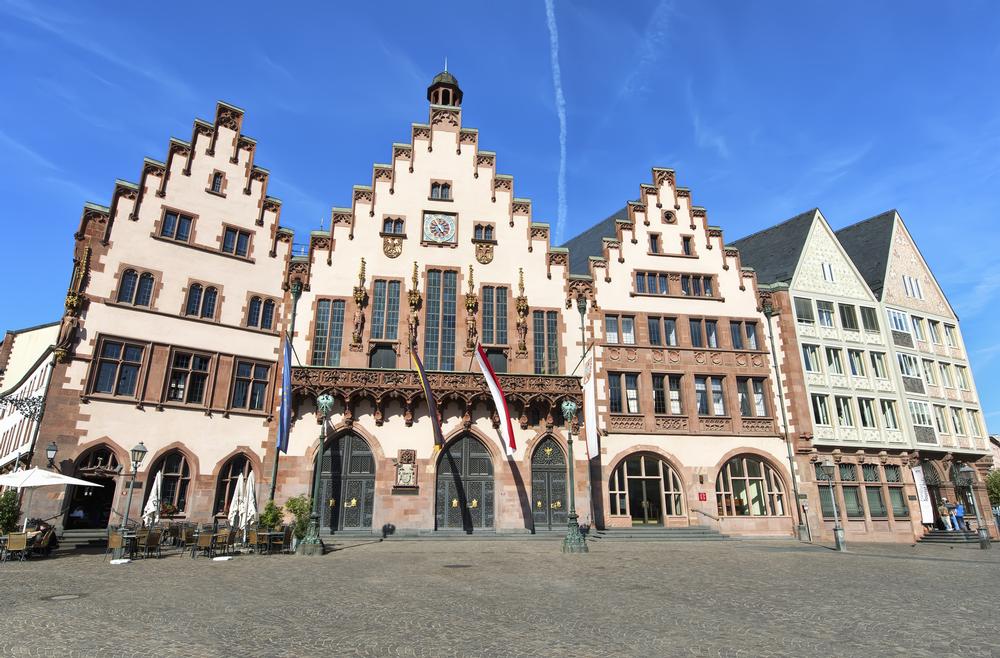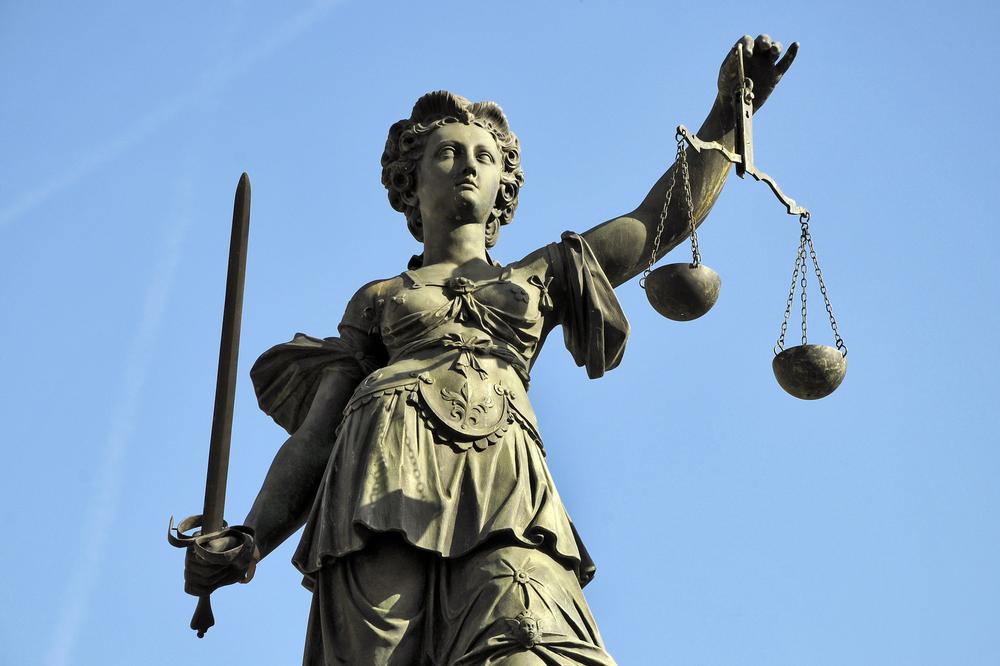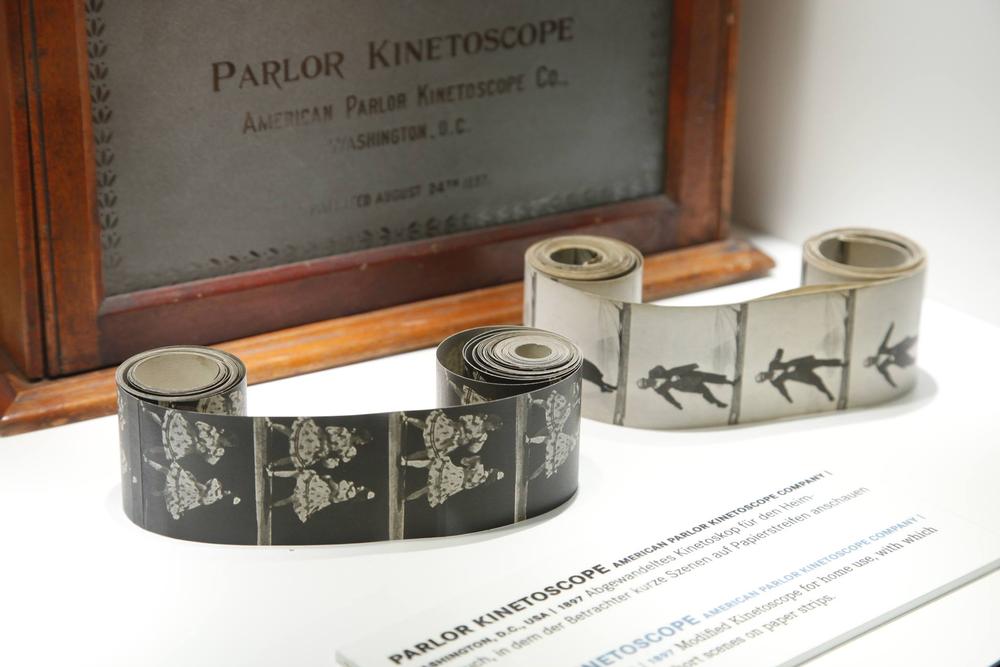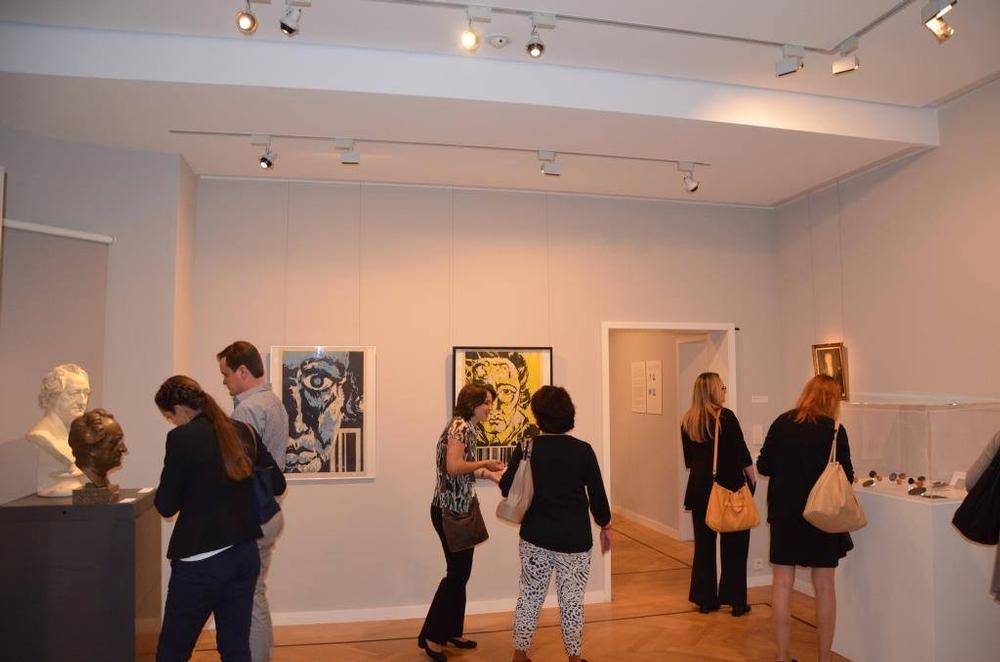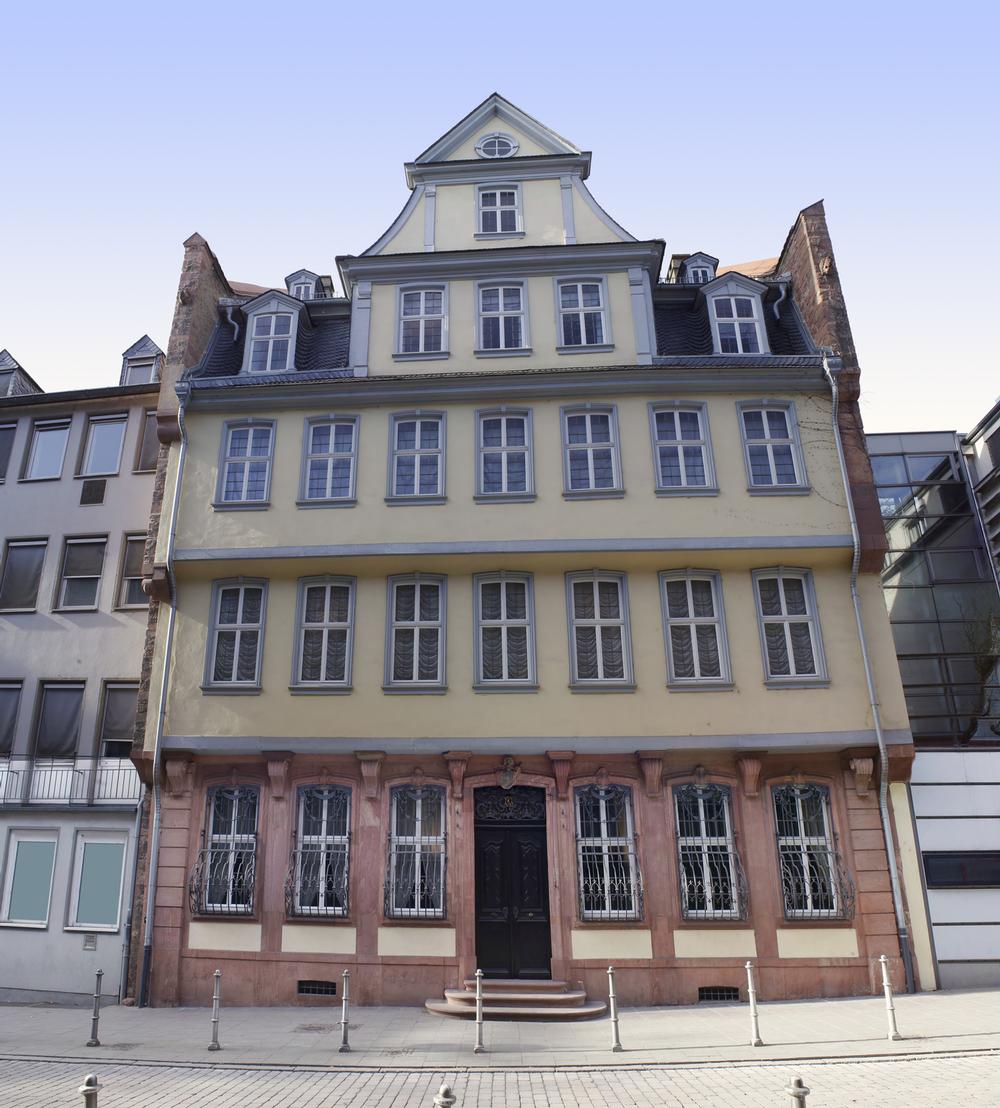When I needed a mix of modern energy and old-world charm, I headed to Frankfurt—and I think you’ll be surprised by how much it has to offer. I found a city that’s sleek and stylish, but also full of history and culture. Whether I was walking through medieval squares or gazing at skyscrapers from the riverbank, I felt like I’d landed in the perfect blend of past and future. You’ll find museums, markets, river cruises, and more—all wrapped in that distinctly German hospitality.
Frankfurt, Germany Highlights:
- Want a view that’ll wow you? Ride to the top of Main Tower – I went up 200 meters and couldn’t stop snapping photos. You’ll see the whole city spread out beneath you—and on a clear day, the Alps in the distance.
- Craving a bit of history? Römerberg is a must – I wandered the cobblestone streets and soaked in the charm of the half-timbered buildings. You’ll feel like you’ve stepped into a fairy tale town square.
- I did a little shopping therapy on the Zeil – It’s one of Germany’s top shopping streets, and you’ll find everything from global brands to trendy local spots. I always leave with more than I planned to buy!
- Looking for romance? Take a sunset cruise on the River Main – I shared a bottle of Riesling and watched the skyline light up. You’ll love the views and the relaxed pace of the water.
- Traveling with kids? Don’t miss the Senckenberg Museum – I was impressed by the dinosaur skeletons, and the kids around me were wide-eyed. You’ll find fossils, wildlife, and hands-on exhibits that make learning fun.
Best Time to Visit Frankfurt, Germany
From my experience, the sweet spot is May through September. You’ll enjoy sunny afternoons perfect for outdoor cafés, river cruises, and garden strolls. I’ve visited in early summer and caught open-air festivals that made the city feel especially lively. You’ll want to pack a light jacket for evenings but overall, it’s prime exploring weather.
How to Get to Frankfurt, Germany
- Flying in? I flew into Frankfurt Airport (FRA), and it was one of the smoothest arrivals I’ve had in Europe. You’ll find trains and taxis ready to take you downtown in minutes.
- Prefer the train? I arrived once by ICE train at Frankfurt Hauptbahnhof—fast, reliable, and right in the heart of the city. You’ll love how easy it is to connect from other major cities.
- Driving? I’ve rented a car for day trips from Frankfurt—it’s right off the A3 and A5 autobahns, so you’ll have direct access to the rest of Germany if you’re planning a road trip.
Where to Stay in Frankfurt, Germany
- I stayed at Roomers Frankfurt and felt pampered the entire time – You’ll love the rooftop bar, spa, and moody-modern vibe just steps from the train station.
- For timeless elegance, you can’t beat the Steigenberger Frankfurter Hof – I visited for dinner once and was blown away. If you’re into classic luxury, you’ll feel right at home here.
- If you’re a creative type like me, check out 25hours Hotel The Trip – It’s quirky, colorful, and perfectly located near the financial district. You’ll love the personality packed into every corner.
Best Things to Do in Frankfurt, Germany
In Summary...
(and if you want to revisit my photo journey)





